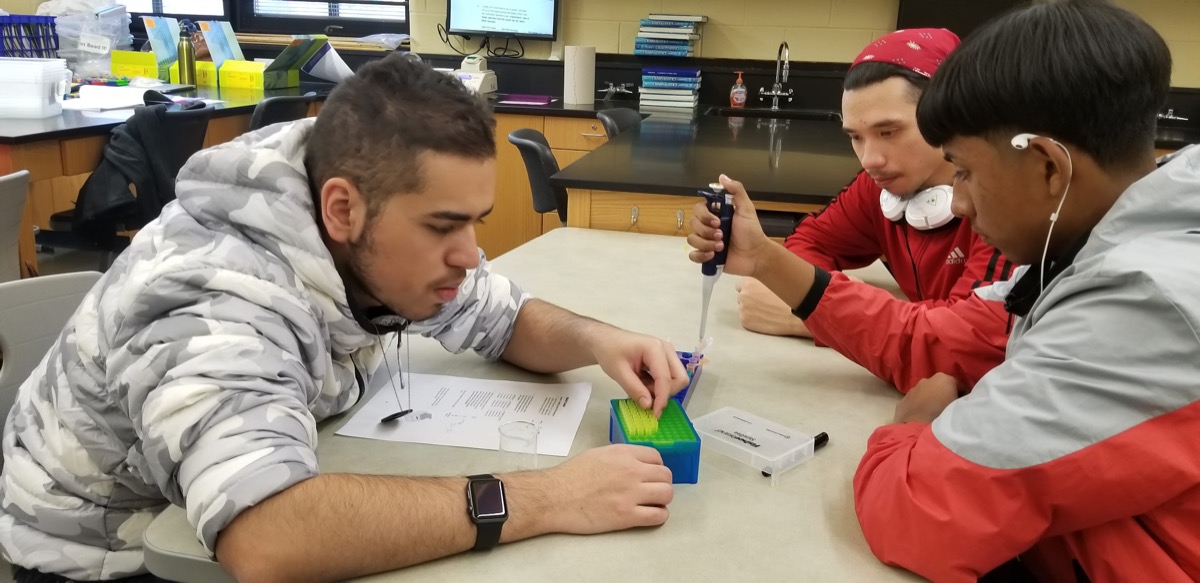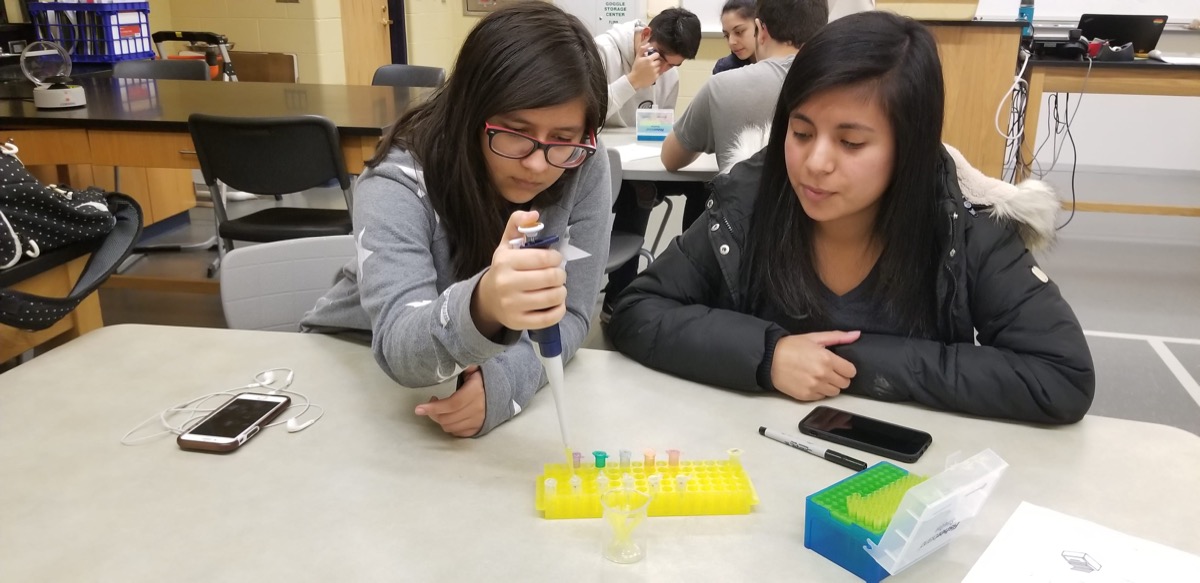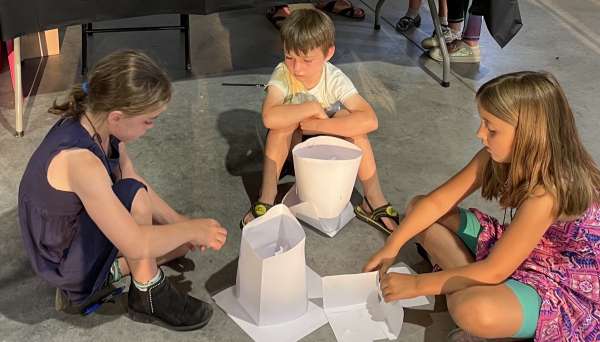Dr. Chad Solomon explains how he tweaked the electrophoresis lesson to fit his particular classroom situation:
I conducted the DNA electrophoreziz lab in the first week of December. I used the procedure precisely as we learned it this past summer at the Ag Biotech workshop. However, because I used this activity with a set of Criminalistics classes, the scenario was changed from determining organic foods to identifying the DNA left at a crime scene.


In a word, my students were spellbound. This lab was shared among four sections of students and three teachers. During the lab days, students came early to see what the other classes were doing and stayed late to see the results of the electrophoresis. At first, students had some difficulty understanding the process of electrophoresis but I used the demonstration we did at the AgBiotech Workshop about speed of diffusion vs. fragment size to help their comprehension.
The Ag Biotech Academy workshop supported me as a teacher in several ways. First, I felt empowered to provide an even-handed approach to biotech issues, particularly the GMO issue. Second, I was presented with fun new labs to do with my students. I would have never thought of using putt-putt boats to test the quality of the biodiesel. A master stroke!
In addition, my summer experience gave me the confidence to tackle complex, real-world labs that I would have never tried on my own. I always wanted to try the DNA electrophoresis lab, but the complexity, cost, and risk of failure kept me away. Well, I did it and will do it again next semester! I plan to repeat the lab with my AP Environmental Science class. I will continue to tap into GrowNextGen’s resources.
Join us for this summer’s workshop—registration is now open!



Share this